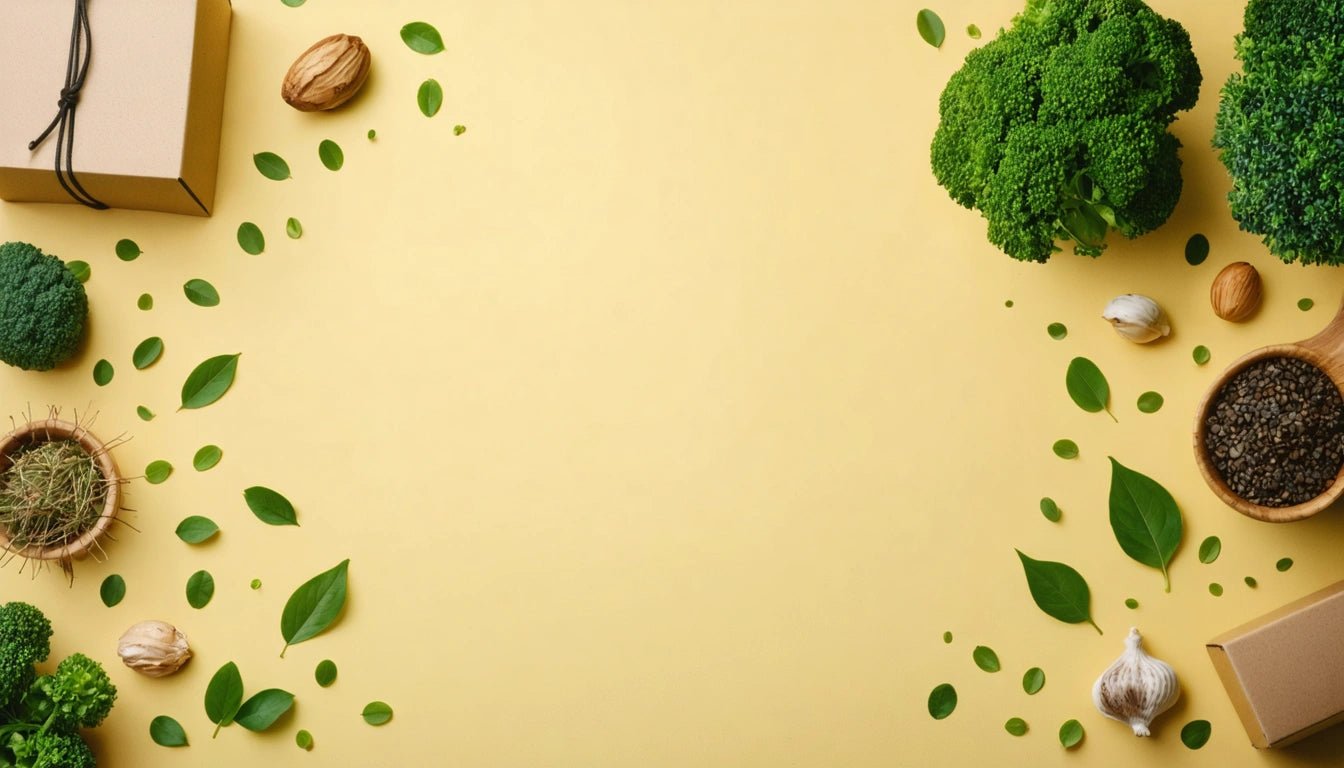Table of Contents
Understanding the Meaning and Applications of Void Fill in Packaging
Void fill represents a critical component in packaging logistics that often goes unnoticed by consumers but remains essential for product protection. At its core, void fill meaning encompasses materials used to fill empty spaces within packages to prevent movement during transit. This seemingly simple concept plays a vital role in minimizing damage, optimizing shipping costs, and increasingly, addressing sustainability concerns in the packaging industry.
Void Fill Definition and Core Purpose
Void fill refers to any material used to fill empty spaces within packaging to prevent product movement during shipping and handling. The primary functions include:
- Immobilizing products within outer packaging
- Absorbing shock from drops, vibrations, and impacts
- Preventing product-to-product contact in multi-item shipments
- Creating protective barriers between fragile items and package exteriors
Understanding void fill requires recognizing how empty space within packaging creates risk. Without proper filling, products can shift, collide, and sustain damage. Similar to understanding dimensions like depth and width in packaging design, proper void fill implementation depends on accurate spatial assessment.
Types of Void Fill Materials
Paper-Based Options
Paper void fills offer versatility and environmental benefits:
- Kraft paper: Crumpled or shredded for cushioning
- Corrugated inserts: Custom-cut to create compartments
- Honeycomb paper: Structured for superior weight distribution
- Indented kraft: Pre-shaped for quick application
Plastic-Based Solutions
Despite sustainability concerns, plastic void fills offer unique advantages:
- Air pillows: Inflatable cushions that minimize weight
- Bubble wrap: Air-filled protection for fragile items
- Foam peanuts: Lightweight filling for irregular spaces
- Foam-in-place: Expanding foam that creates custom molds
Biodegradable Alternatives
Emerging environmentally friendly options include:
- Cornstarch peanuts: Dissolve in water after use
- Mushroom packaging: Grown from agricultural waste
- Seaweed-based wraps: Marine-degradable protection
Strategic Applications of Void Fill
Effective void fill implementation requires strategic thinking beyond simply filling space:
Product-Specific Considerations
Different products demand different void fill approaches. For example, when shipping delicate items like premium pre-rolled cones and paper products, specialized void fill prevents crushing while maintaining product presentation. Similarly, electronics require anti-static void fill to prevent damage from electrical discharge.
Dimensional Weight Optimization
Carriers now charge based on dimensional weight (volume) rather than actual weight alone. Strategic void fill selection can significantly reduce shipping costs by:
- Minimizing package dimensions while maintaining protection
- Using lightweight void fill materials for heavy products
- Implementing right-sized packaging to reduce void space requirements
Like understanding gussets in packaging design, mastering void fill techniques allows for more efficient space utilization.
Sustainability Considerations
Modern packaging strategies increasingly prioritize environmental impact:
Recyclability and End-of-Life
Void fill material selection significantly impacts package recyclability. Many consumers struggle with mixed-material packages that require separation before recycling. Single-material approaches simplify this process.
Reusability Potential
Some void fill materials offer second-life applications:
- Air pillows can be deflated and returned to manufacturers
- Paper void fill can be composted or recycled
- Biodegradable peanuts can be dissolved or composted
Understanding the full lifecycle of void fill materials parallels understanding bleed in design, where consideration extends beyond immediate function to broader implications.
Cost Efficiency and Void Fill Selection
Void fill represents a balance between protection costs and damage prevention:
Direct Material Costs
Material costs vary significantly:
- Paper-based: Generally low-cost but higher weight
- Plastic air pillows: Higher upfront equipment cost but lower material cost
- Custom solutions: Higher initial investment but potentially lower per-package cost
Operational Efficiency
Void fill choice impacts packing operations:
- Manual systems: Lower equipment costs but higher labor requirements
- Automated systems: Higher upfront investment but faster throughput
- On-demand systems: Create void fill as needed, reducing storage requirements
Like understanding dielines in packaging design, mastering void fill economics requires considering both visible and hidden costs.
Future Innovations in Void Fill Technology
The void fill landscape continues to evolve with several emerging trends:
- Smart void fills that change properties based on environmental conditions
- Integrated humidity control features for moisture-sensitive products
- Biodegradable materials that break down completely within specific timeframes
- Void fill materials created from upcycled post-consumer waste
- Edible void fills for food product shipping
These innovations reflect broader industry movements toward sustainability, functionality, and cost optimization. As with understanding transparent background images in design, the future of void fill involves both technical advancement and creative application.
Understanding void fill meaning extends beyond simple materials knowledge to encompass strategic packaging decisions that impact protection, presentation, sustainability, and cost. By approaching void fill as an integral design element rather than an afterthought, businesses can optimize their packaging systems while meeting evolving consumer and regulatory expectations.



















